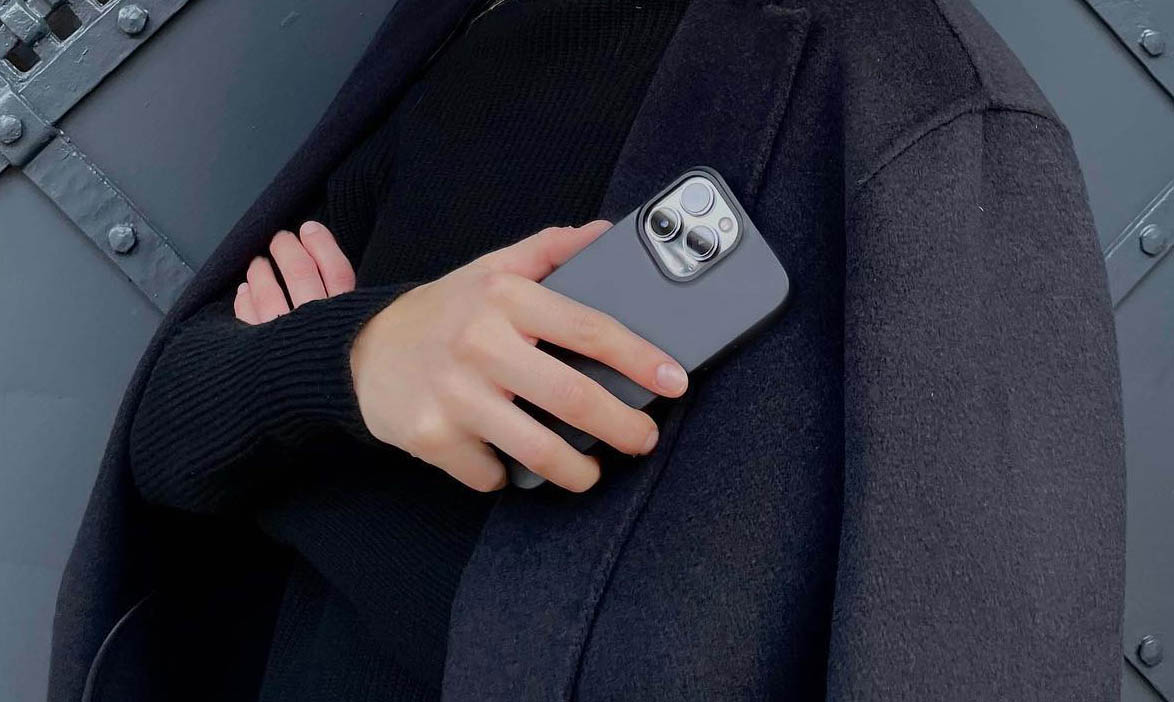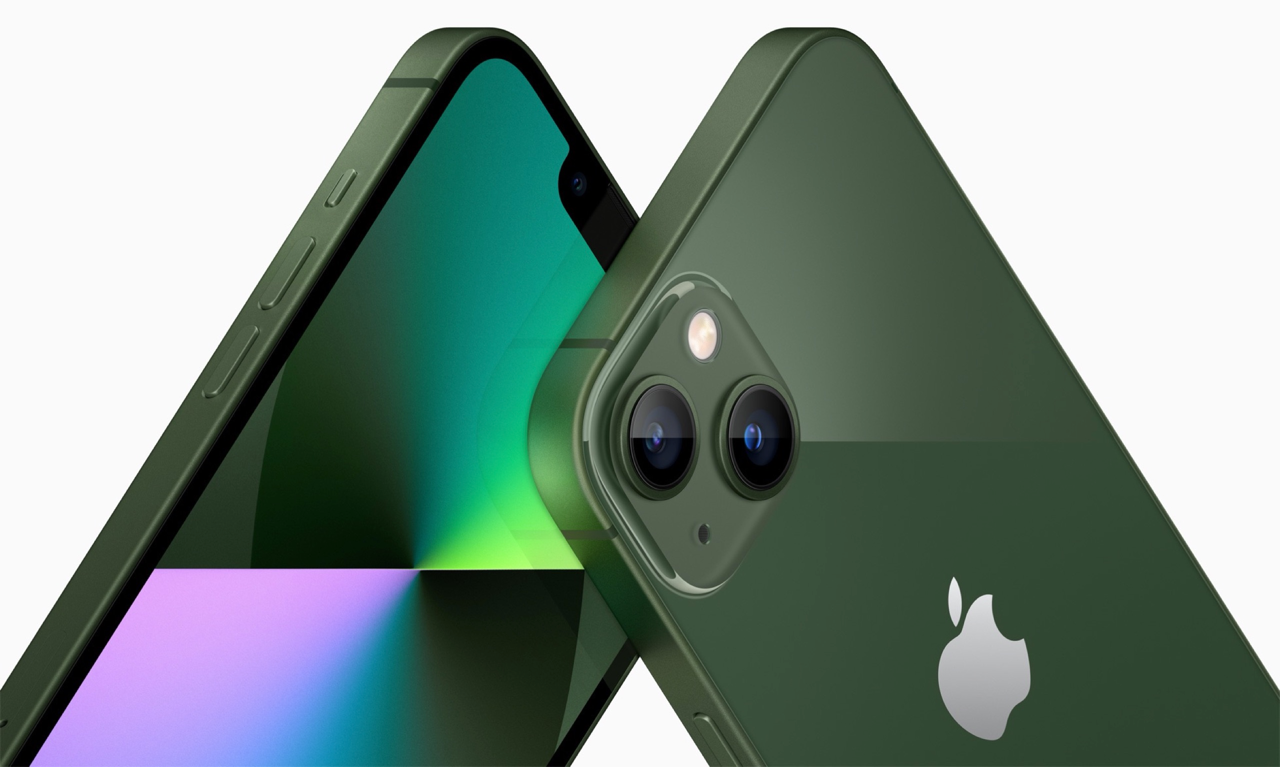How many cameras does an iPhone need?
Since the iPhone 7 Plus, there are devices with a dual camera. Initially, this was mainly intended to take portrait photos with more depth, but Apple has gradually expanded the possibilities. The iPhone 11 Pro even added a third camera lens, with Apple using smart software techniques to ensure that you can take even better photos. But how does it work and what are the benefits of iPhones with two or three cameras?
- iPhones with three cameras
- iPhones with two cameras
- iPhones with one camera
- Computational photography and artificial intelligence
- Advantages of multiple lenses
iPhones with three cameras
The top models of the iPhone have three different camera lenses:
-
Telephoto: for zooming in without loss of quality (2x to 3x zoom)
-
Wide Angle: For normal photos
-
Ultra wide angle: for wider 120-degree photos
When you zoom in with your iPhone camera, you’re essentially switching to a different camera lens that specializes in the type of photo you want to take. Each camera is equipped with a different lens, with different pluses and minuses. For example, some lenses are suitable for shooting in the dark and others are not. The telephoto and wide-angle lens let you take photos in all kinds of angles and conditions, such as zoomed in, portrait and the like.

The ultra-wide angle is ideal if you want to photograph a landscape or a large building, because there is more in the frame. This can also cause distortion (a bloated effect), something that can be straightened out with software. This lens gives the impression that you’ve taken a step back so that more can fit into the frame.
The cameras in your iPhone also work together. The image information from multiple lenses can be merged to make the photo look as optimal as possible. For this, so-called computational photography is used, about which we will tell you more later.
Devices with three camera lenses are:
- iPhone 13 Pro (Max)
- iPhone 12 Pro (Max)
- iPhone 11 Pro (Max)
The newer the device, the more options you have. For example, you can film in ProRes video with the iPhone 13 Pro models and you have an automatic macro function if you want to shoot very close. This is missing on previous models.
You will also find a LiDAR scanner on the iPhone 12 Pro models and newer. This is in fact a fourth camera eye, although you can’t shoot with it. LiDAR is intended to provide a better 3D depth image for portraits and Augmented Reality applications. It is also used in self-driving cars to measure depth and avoid collisions.
iPhones with two camera lenses
With iPhones with two lenses, you have access to:
-
Wide Angle: For normal photos
-
Ultra wide angle: for wider 120-degree photos

With these devices you can take portraits and photograph a large building, but there is only digital zoom (up to 5x with the iPhone 13 series) and no optical zoom. You can zoom in, but the result does not look very nice. This is the biggest limitation of these cameras. These cameras are suitable for portraits and portrait lighting.
These devices have two lenses:
- iPhone 13 (mini)
- iPhone 12 (mini)
- iPhone 11 (mini)
- iPhone XS (Max)
- iPhone X
- iPhone 8 Plus
- iPhone 7 Plus
Here too, the newer the generation, the more possibilities there are and the better the photos become.
iPhones with one camera lens
It also happens that devices have only one camera lens. It’s about this lens:
- Wide angle lens
This applies to the somewhat older devices, but also to the very recent ones. For example, the iPhone SE 2022 only has one camera lens, while you can still take very nice photos with it. This is because almost everything is controlled by the software. Thanks to a new camera system, this device can also handle advanced techniques, such as:
-
Deep Fusion: for more detail, for example when shooting a knitted sweater. Every pixel is analyzed so that texture and patterns come into their own.
-
HDR 4: For automatic adjustment of contrast, exposure and skin tones of up to four people in the picture at the same time.
-
Photographic Styles: Lets you give photos a special hue, such as warm or cool.

-
Portrait mode: You used to need a camera with two lenses for this, but the latest iPhones can also use a single lens to sharpen the person in the foreground and blur the background.
-
Portrait Lighting: Lets you use six lighting effects, such as Stage Lighting (which makes it look like a light is shining on someone’s face) or High-Key Mono (artistic black and white photos).
Of course, older iPhones have fewer options than this single-lens device from 2022.
The following devices have one lens:
- iPhone SE
- iPhone XR
- iPhone 8
-
iPhone 7 and earlier
With the iPhone 7 and iPhone 8 series, there is therefore a clear difference between the normal size and the Plus size. Only the largest has a double lens.

Computational photography and artificial intelligence
Apple and other smartphone manufacturers nowadays make extensive use of smart software techniques and artificial intelligence. This is where the Neural Engine comes to the rescue, which is able to perform calculations very quickly thanks to billions of transistors.
The software can combine the images (‘frames’) from multiple camera lenses into an optimal photo or video. If one of the lenses is unable to properly capture certain parts of a photo, information from the other lenses can be used. For example, some lenses are able to absorb more light than others, so that dark parts of a photo still get detail.
If you have one or two lenses, this can also be improved with tricks. But it obviously doesn’t work as well as with three lenses, each of which is specialized.
Benefits of more cameras
In summary, these are the main advantages of an iPhone with multiple cameras:
- Better optical zoom, thanks to a specialized lens.
- Higher resolution and better image quality.
- Better photos in the dark and with large light/dark contrasts.
- Better depth recognition.
- Focus afterwards, after the picture has already been taken.
- More options for augmented reality: it is easier to create a 3D image, especially if your device also has a LiDAR Scanner.
- More options for alternative photo apps, such as Halide.













